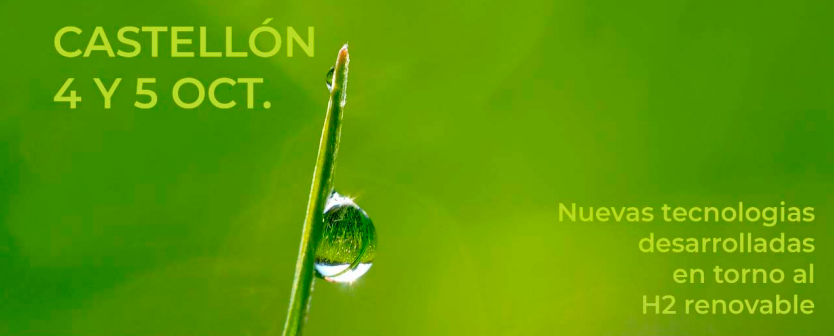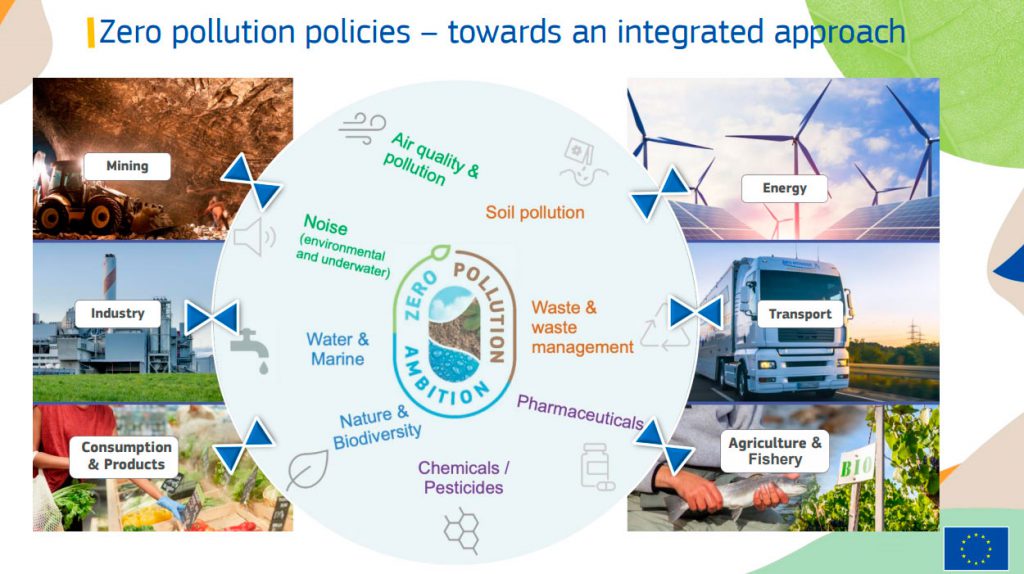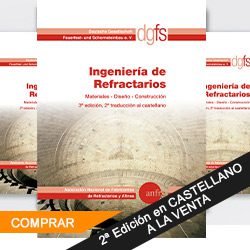El 4-5 Octubre se celebran las Jornadas en formato hibrido desde el Salón de Actos de la Facultad de Ciencias de la Salud, Universidad Jaume I, Castellón.

Esta primera jornada que la SECV dedica al reto EMISIONES CERO ofrecerán una visión general de las tecnologías más prometedoras desarrolladas hasta hoy en la generación, almacenamiento y distribución del H2 renovable, y las fuentes de financiación para su industrialización, incidiendo en: (1) su interés en el sector azulejero (o cerámico) en función de la potencia necesaria/suministrada para su abastecimiento, y (2) la implicación de los materiales cerámicos y vidrios en el desarrollo de los dispositivos y tecnologías implicadas en la vida útil del H2 verde.
PROGRAMA:
Lunes 4 de Octubre
15:00 PRESENTACIÓN de ACTO.
Jesús Lancis. Vicerrector de investigación y transferencia de la UJI
Alfredo González. Presidente de la SECV
Begoña Ferrari. Secretaria General de la SECV. Científico Titular del CSIC
Enrique Sánchez. Presidente de la Sección de Cerámica Industrial de la SECV. Director del
Instituto Universitario de Tecnología Cerámica Agustín y Catedrático de la Universitat
Jaume I de Castellón.
15:30 “El H2 y sus aplicaciones”
Dr. Emilio Nieto. Director del Centro Nacional del Hidrógeno. Miembro del Hydrogen
Europe Research
16:00 “El Hidrógeno, la última frontera”
Dr. Miguel Antonio Peña. Instituto de Catálisis y Petroquímica, CSIC. Secretario de la
Asociación Española del Hidrógeno. Presidente del Comité Técnico de UNE sobre
Tecnologías del Hidrógeno.
16:30 “Los materiales cerámicos y vítreos claves en el desarrollo de tecnologías de
generación de energías alimentadas con H2”
Dra. Jadra Mosa. Instituto de Cerámica y Vidrio, CSIC. Plataforma Tecnológica Española de
Hidrógeno y Pilas de Combustible
17:00 Café
17:30 “Procesado avanzado de materiales cerámicos para su aplicación en pilas de
combustible y electrolizadores de alta temperatura”
Dr. Miguel Angel Laguna. Instituto de Nanociencia y Materiales de Aragón, CSIC‐
Universidad de Zaragoza
18:00 “Avances en la impresión 3D de cerámica funcional para aplicaciones en energía”
Dr. Albert Tarancón. Coordinador de CELL3DITOR. Instituc de Recherca en Energía de
Cataluña
18:30 “Electrolizadores como solución tecnológica a la descarbonización de la industria de
cerámica y vidrio”
Dña. África Castro. Responsable de Desarrollo de Negocio de H2B2
19:00 “Repsol, una apuesta por el hidrógeno renovable”
Dña. Elena Verdú. Científico Senior Tecnologías de Hidrógeno de REPSOL
19:30 “Instrumentos de financiación CDTI en el sector energético”
D. Juan Antonio Tebar. Director de Programas de la UE y Cooperación Territorial de CDTI
Martes 5 de octubre
15:00 “Proyecto GREENH2KER. Aporte del hidrógeno verde en la descarbonización del
sector cerámico e industrias similares”
D. Roque Bernado. Responsable Desarrollo de Negocio Hidrógeno Verde del Grupo
IBERDROLA
15.30 “HELIOKER. Fabricación de cerámica ecológica”
D. José Vicente Tomás. Gerente de KERAJET
16:00 “El hidrógeno: usos y aplicaciones en la industria cerámica”
Dr. Miguel de Dios. Responsable Desarrollo de Negocio de AIR LIQUIDE
16:30 “Oportunidades del H2 en el sector cerámico”
Dr. Roberto Campana. Centro Nacional del Hidrógeno
17:00 Café
17:30 “Ahorro y eficiencia energética como base para una industria hipocarbónica”
Dra. Ana Mezquita. Instituto de Tecnología Cerámica. AICE
18:00 “Descarbonización en el sector cerámico. Visión 2050 para las industrias de procesos
europeas”
Dr. Enrique Sánchez. Instituto Universitario de Tecnología Cerámica Agustín Escardino
(IUTC). Universitat Jaume I de Castellón
18:30 “Abastecimiento de energía renovable en áreas industriales”
Dr. Vicente Sanz. Instituto Universitario de Tecnología Cerámica Agustín Escardino.
Universitat Jaume I de Castellón
19:00 “El Sistema Valenciano de Innovación y la AVI en el impulso a la descarbonización de
la Comunitat Valenciana”
Dña. Olivia Estrella López. Secretaria General de AVI
19:30 CONCLUSIONES de las JORNADAS







 Este año la Semana Verde tuvo lugar del lunes 31 de mayo al viernes 4 de junio.
Este año la Semana Verde tuvo lugar del lunes 31 de mayo al viernes 4 de junio.



